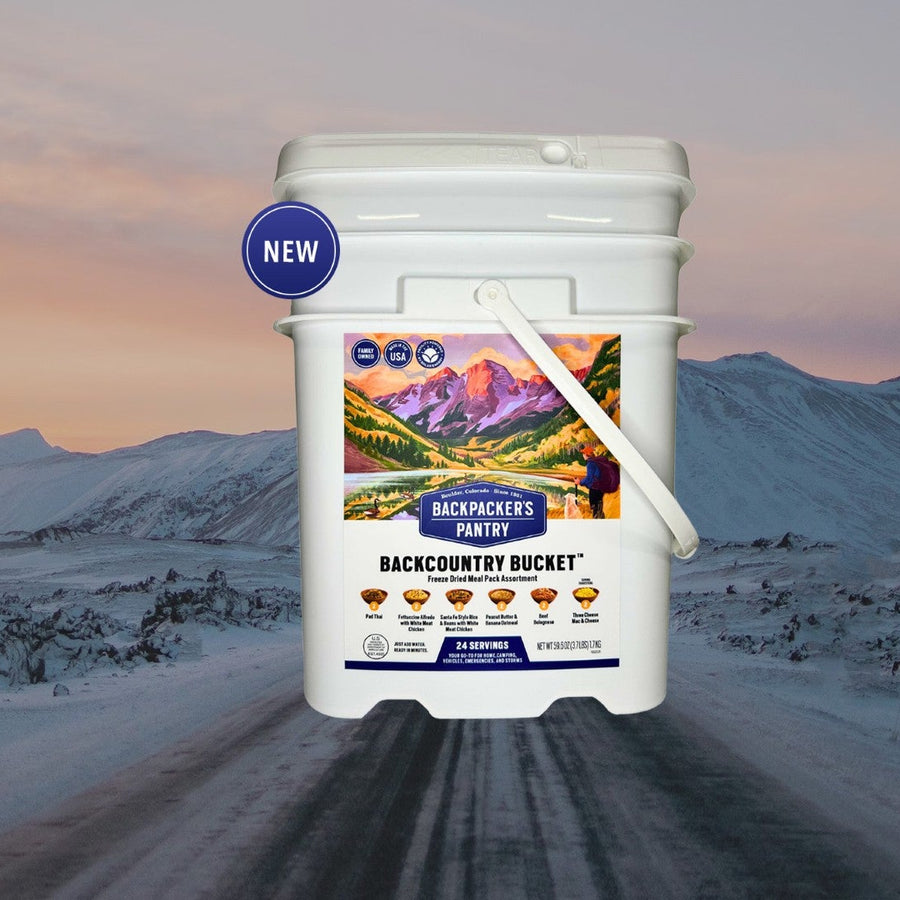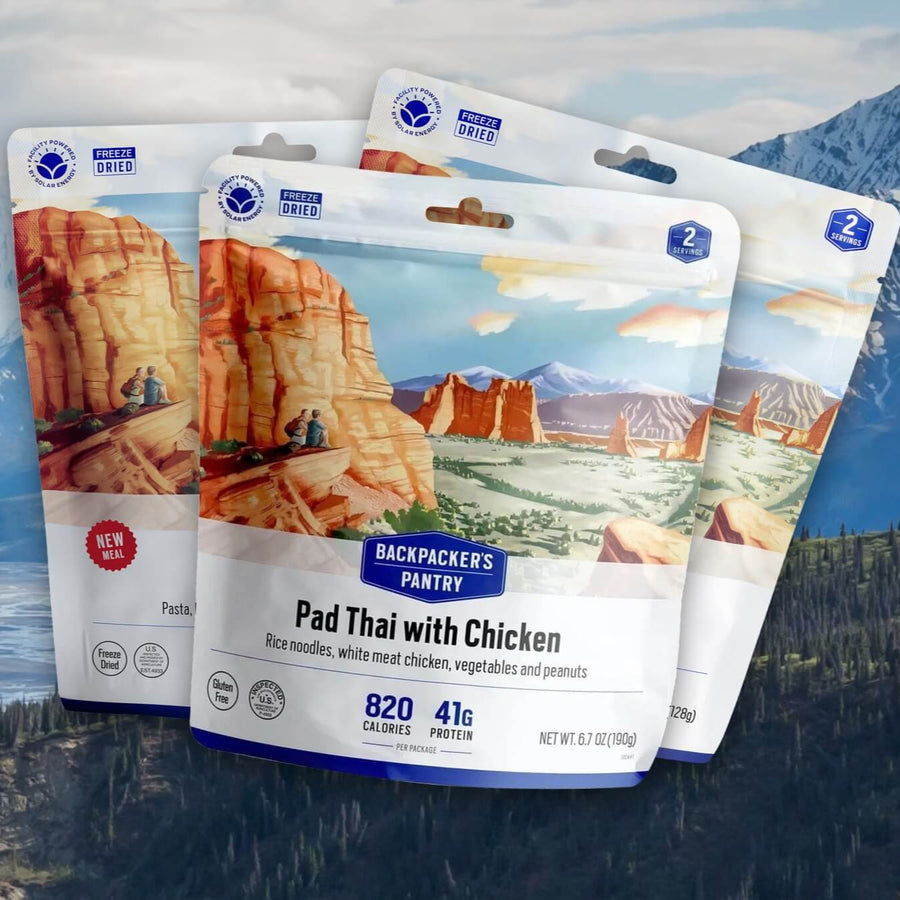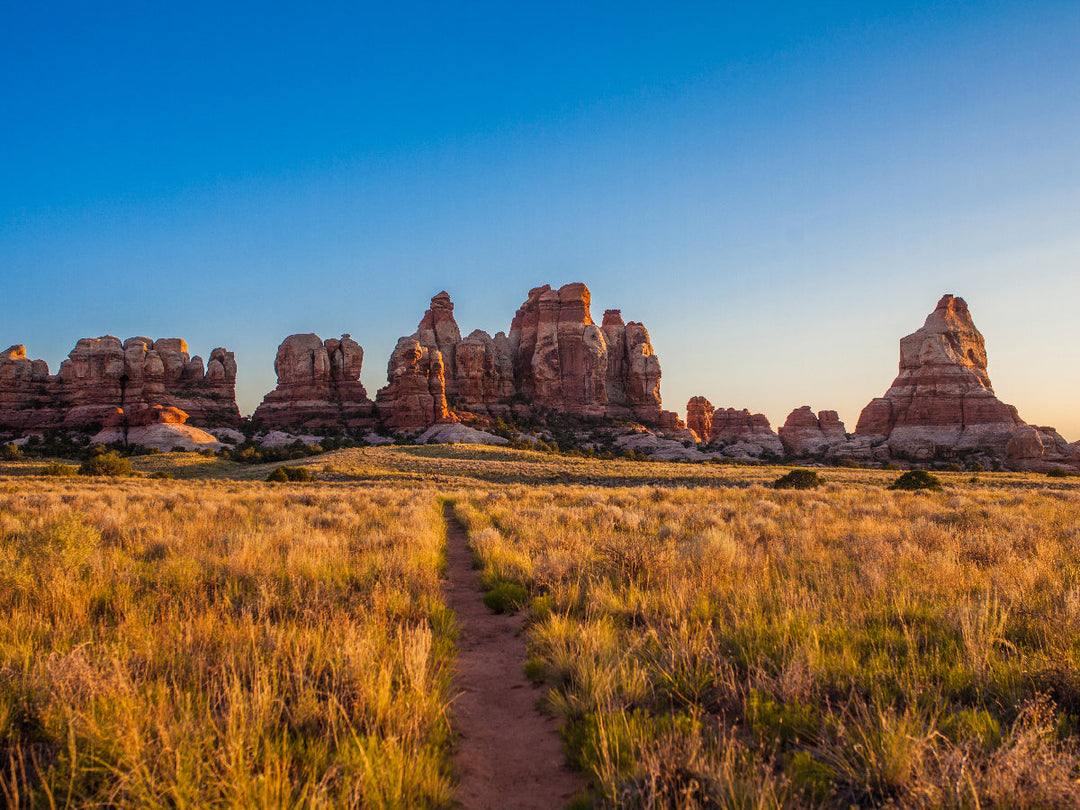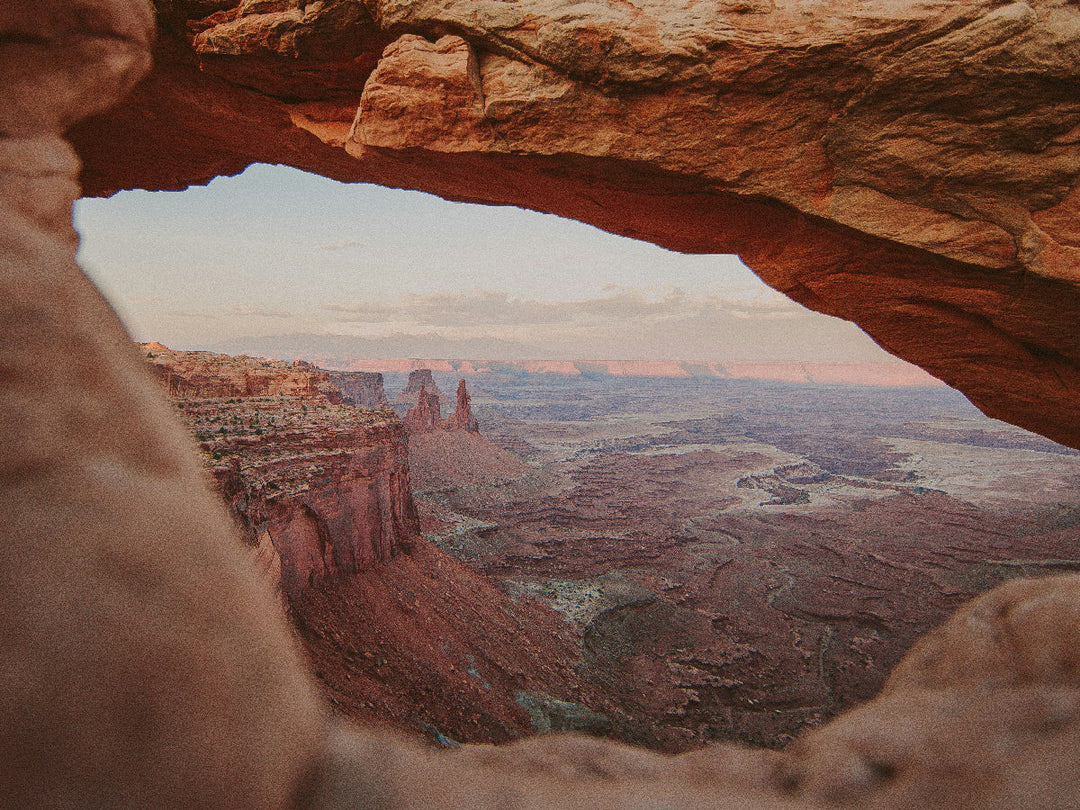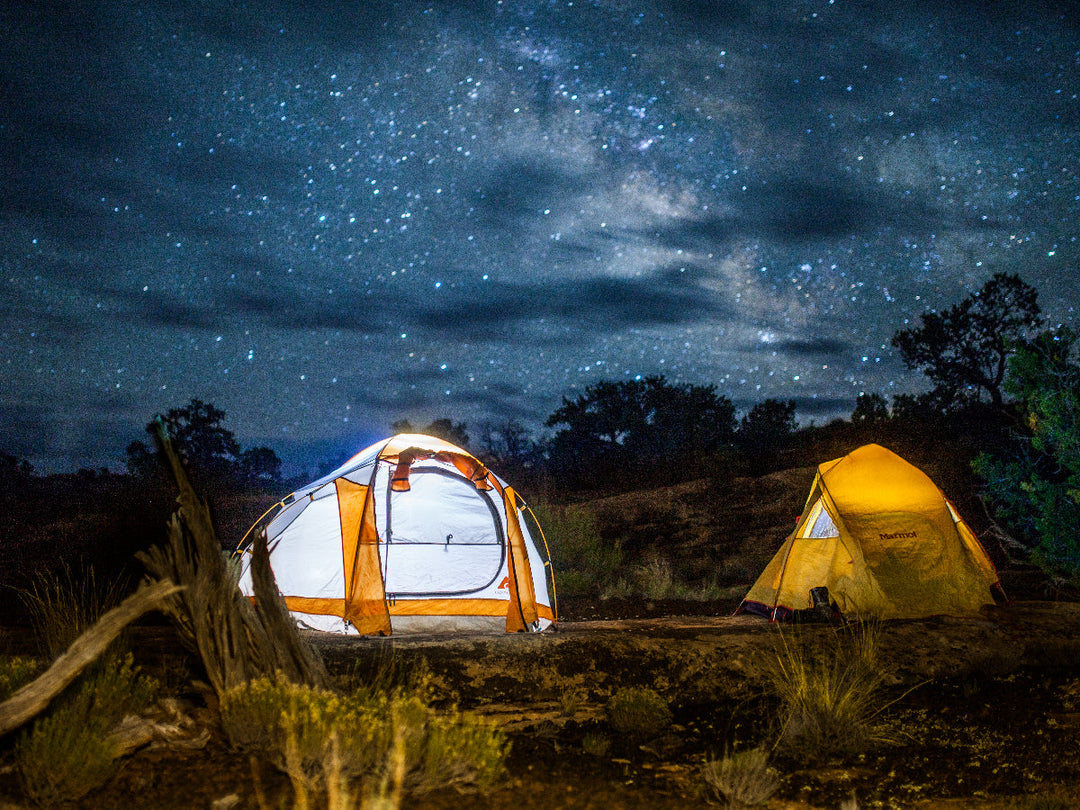9 Essential Campfire Safety Tips

How to Build a (Safe) Campfire
Campfires are an iconic part of the camping experience, but building a fire at your campsite also comes with a lot of responsibility. You don’t want to be responsible for a wildfire that blazes out of control, after all.
With that in mind, here's everything you need to know about building a safe campfire.
1. Make sure your campsite allows fires
During the heat of summer, it’s not uncommon for certain areas to enact burn bans. If you want to have a campfire, don’t forget to check burn bans before leaving home.
Luckily, this information is readily available online through a quick search. If there is a burn ban in place, you must respect it — not doing so could result in fines at best, and catastrophic damage at worst.
Fire rules change constantly, so even if you’ve camped at a specific site before, never make assumptions about current burn bans.
2. Pay attention to the wind
If it’s too windy out, save your campfire for another evening. You should also stack firewood upwind and away from the fire.
3. Use an established fire pit
Established campsites will have a fire ring for you to use during your trip, and dispersed campsites often have a fire pit encircled with rocks. Use these whenever possible to reduce your footprint on the environment.
4. When there is no fire pit, build your own (safely)
If you need to dig a new fire pit, follow these rules:
-
Dig your pit in an open area without any overhanging branches or other hazards.
- After digging, circle the pit with rocks.
- Clear everything within a ten-foot radius around the pit.
5. Build a safe campfire
Use these fire-building tips to create a safe and cozy campfire:
-
Start with things that will burn easily, like grass, newspaper, dried leaves or a firestarter.
- Add smaller sticks and twigs — these will act as kindling.
- Once the fire starts to build, add larger pieces of wood.
- If you used a match, toss it into the fire.
- Remember that your campfire doesn’t need to be a blazing inferno. A relatively small fire will generate more than enough heat to toast you and your marshmallows.
6. Always use local firewood
Bringing firewood from home might seem innocent enough, but that wood could contain insects and diseases. When you transport it into the wilderness, those things are then introduced into the local environment.
“Local” means the closest and most convenient source of firewood that you can track down. Campgrounds often sell firewood, which is a great solution. You can also find local firewood at gas stations and other nearby stores.
7. Grab a bucket of water and a shovel
Whenever you build a campfire, you also need to keep a bucket of water and a shovel nearby. The water will come in handy for extinguishing flames, and the shovel can be used to toss dirt on any runaway embers.
You can also use the water to dampen the ground around your fire ring, which will quickly put out any stray flames.
8. Never leave a campfire unattended
The slightest breeze can stoke a fire, which is why it’s so important to have eyes on your campfire at all times.
9. Use the “drown, stir and feel” method
To put out a campfire, use the “drown, stir and feel” method:
-
Drown the fire with water.
-
Stir the ashes and coals with a shovel to smother the fire.
-
Feel the area to make sure it’s cool to the touch.
You may need to repeat this process several times before your campfire is completely out.
